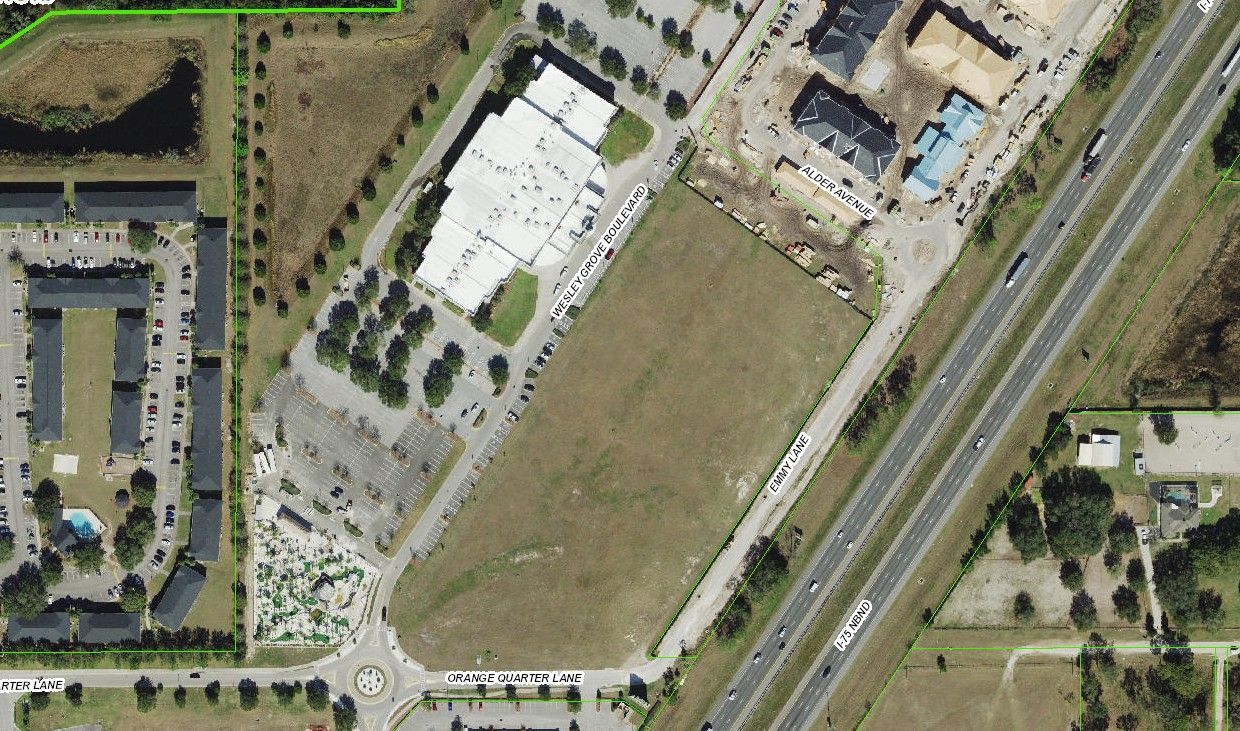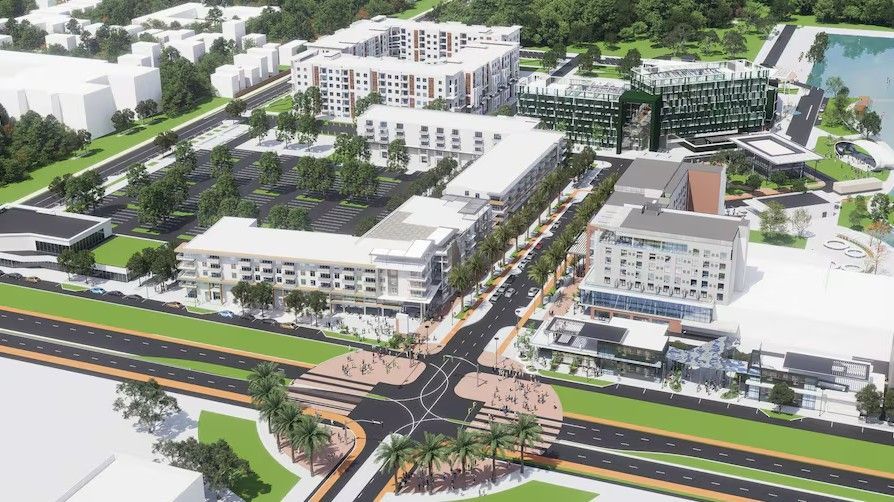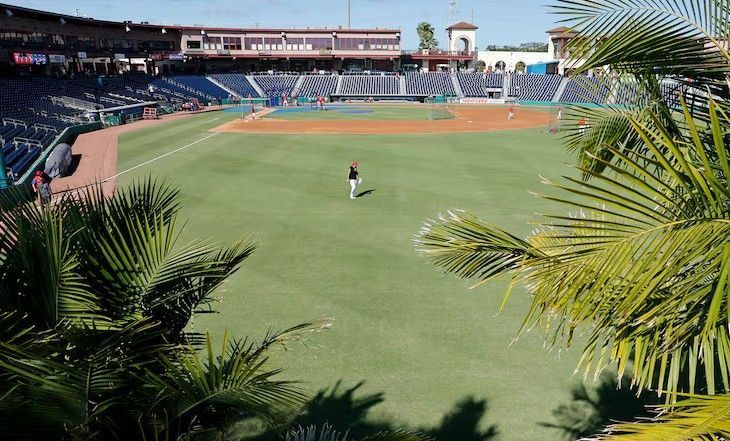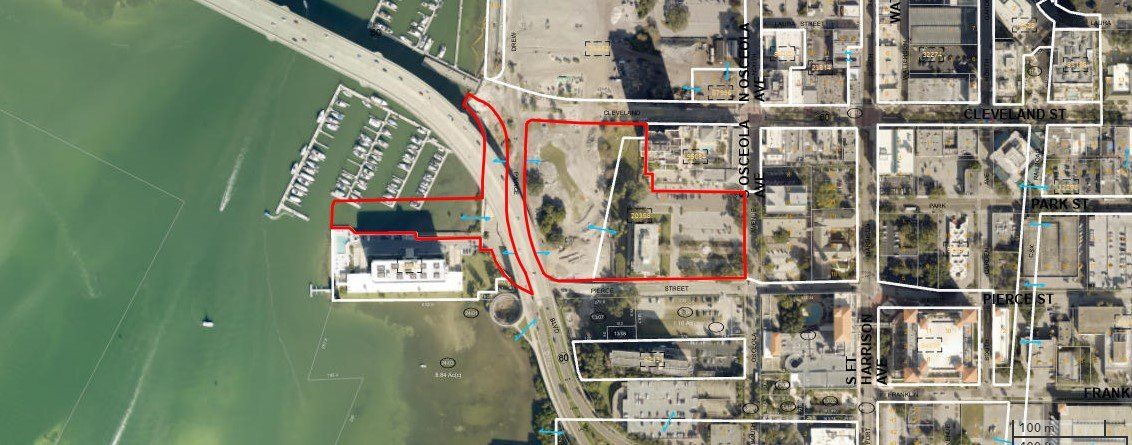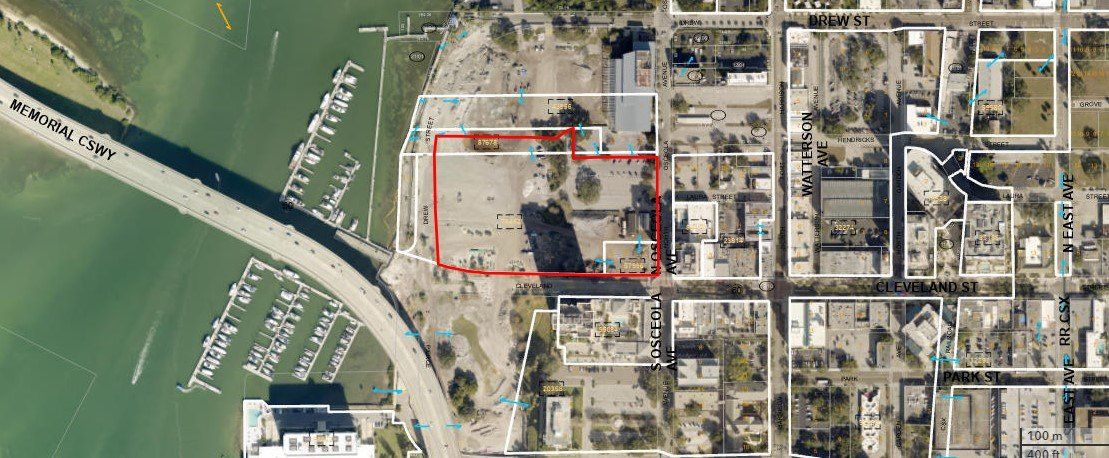Overview of downtown Clearwater's $400 million transformation
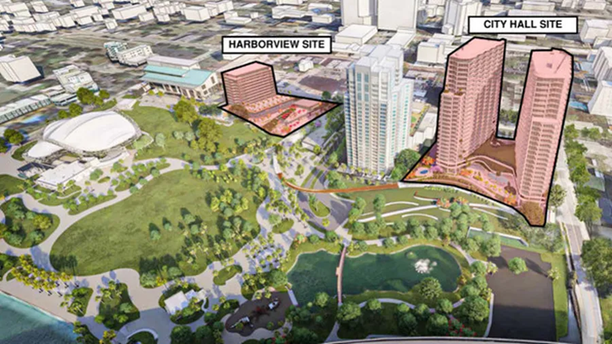
Back in November, Clearwater voters said yes to a proposed $400 million redevelopment of two city-owned properties on the downtown waterfront. The city will sell the land for $24.7 million to the DeNunzio Group (based out of Palm Harbor, FL) and Gotham Property Acquisitions (New York based).
Overall, the project will include a hotel, apartment space, and retail space. Since the referendum was passed by voters, a 30-year development agreement is now in effect with Gotham and DeNunzio. The project will take place on two sites: the site of the demolished Harborview Center (1.3 AC), and the vacant City Hall (2.6 AC) that is located a half-block south from the demolished Harborview Center.
For the Harborview site, a 13-story, 158-key hotel with 9,000 SF of commercial space, including a 1,000-person conference center and a rooftop bar. Separately will be another two-story building with 12,000 SF of commercial space and a beer garden. For the City Hall site, between 500 and 600 apartments across two 27-story towers with ground floor retail, restaurants, and cultural uses has been proposed. The commercial space can accommodate five to six restaurants and smaller retail. Underground parking will be developed as the city requires subterranean parking so there are no garages blocking the intracoastal waterway views. Harborview will have 169 spaces, 50 of them being for city use. The City Hall site will have at least one parking space for each apartment built. Clearwater purchased a lot from Peace Memorial Church in August for $1.85 million to develop a 550-space parking garage as well.
The development teams will pay the city $24.7 million in total, $9.4 million for the Harborview site, and $15.4 million for the City Hall site. The city will contribute $22 million towards underground parking with the money coming from revenue generated from meter and customer fees from city parking. The Community Redevelopment Agency will also pay the $1.5 million in impact fees the developers have.
- Total Acquisition Price - $24,700,000 / 3.9 acres total / $6,333,333 per acre, or $145.30 SF
- Harborview Site - $9,900,000 / 1.3 acres / $7,230,769 per acre, or $165.99 per SF
- City Hall Site - $15,400,00 / 2.6 acres / $5,923,077 per acres, or $135.98 per SF
Since the vacant City Hall is still standing, the city will demolish the building at an estimated cost of $558,000 and will perform an environmental assessment on the Harborview site, paying for any remediation that may be required. The city will also provide up to $2 million for a pedestrian bridge if the developers decide to connect the projects.
A final site plan will be submitted by April 2023, and the sale of the two properties must be completed by December 31st, 2024. The hotel, commercial building, and one apartment tower will be built during phase one, and phase two will follow with the second apartment tower. Construction will take an estimated four years to complete.
Sources: Tampa Bay Times | Tampa Bay Business Journal
Thank you for your interest.
For more information on the Clearwater market, contact:
Mike Cliggitt, MAI, MRICS, CCIM
813.405.1705 - Direct Line
Clearwater Commercial, Industrial, and Invesment property appraiser
SHARE CONTENT
